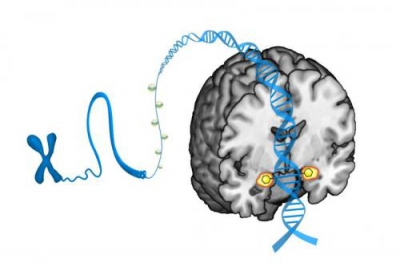Cranberries have long been the focus of interest for their beneficial effects in preventing urinary tract infections (UTIs). Cranberries contain 2 compounds with antiadherence properties that prevent fimbriated Escherichia coli from adhering to uroepithelial cells in the urinary tract. Approximately 1 dozen clinical trials have been performed testing the effects of cranberries on the urinary tract. However, these trials suffer from a number of limitations. Most importantly, the trials have used a wide variety of cranberry products, such as cranberry juice concentrate, cranberry juice cocktail, and cranberry capsules, and they have used different dosing regimens. Further research is required to clarify unanswered questions regarding the role of cranberries in protecting against UTI in general and in women with anatomical abnormalities in particular.
In women with recurrent urinary tract infections (UTIs), long-term antimicrobial prophylaxis is indicated. This method is effective but can cause adverse reactions and can increase emergence of antimicrobial resistance. Therefore, the need for alternative therapies for UTI prophylaxis is evident. Cranberries are one nonantibiotic alternative.
The scientific name for cranberry plant is Vaccinium macrocarpon. Cranberries, blueberries, and Concord grapes are the only 3 fruits that are native to the United States and Canada. Most commercial farms today are located in northern United States, Massachusetts, and New Jersey and the Canadian provinces of Quebec and British Columbia. Commercial harvests occur in September and October.
Cranberries contain >80% water and 10% carbohydrates. Among other constituents are flavonoids, anthocyanins, catechin, triterpenoids, organic acids, and a small amount of ascorbic acid. The major organic acids are citric, malic, and quinic acids, with small amounts of benzoic and glucuronic acids. Anthocyanin pigments obtained from cranberry pulp are used for coloring applications. Cranberries can be processed into fresh fruit, concentrate, sauce products, and juice drinks. The single-strength juice is very acidic (pH, <2.5) and unpalatable. In 1930, cranberry juice cocktail, comprising a mixture of cranberry juice, sweetener, water, and added vitamin C, was introduced. The leading brand of cocktail contains 33% pure cranberry juice. Dried cranberry powder formulated in capsules or tablets is also available.

















